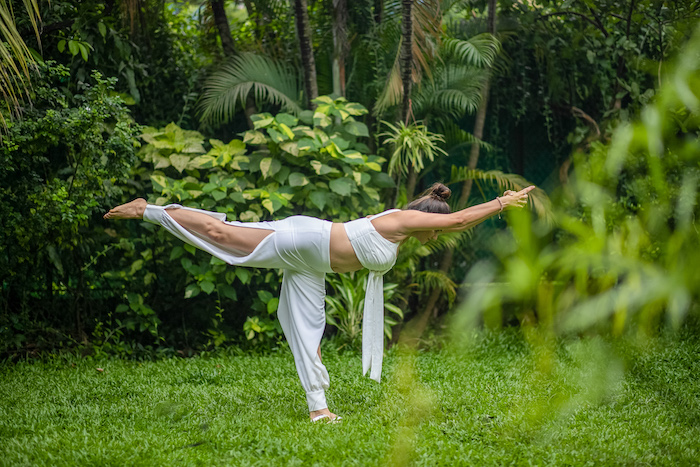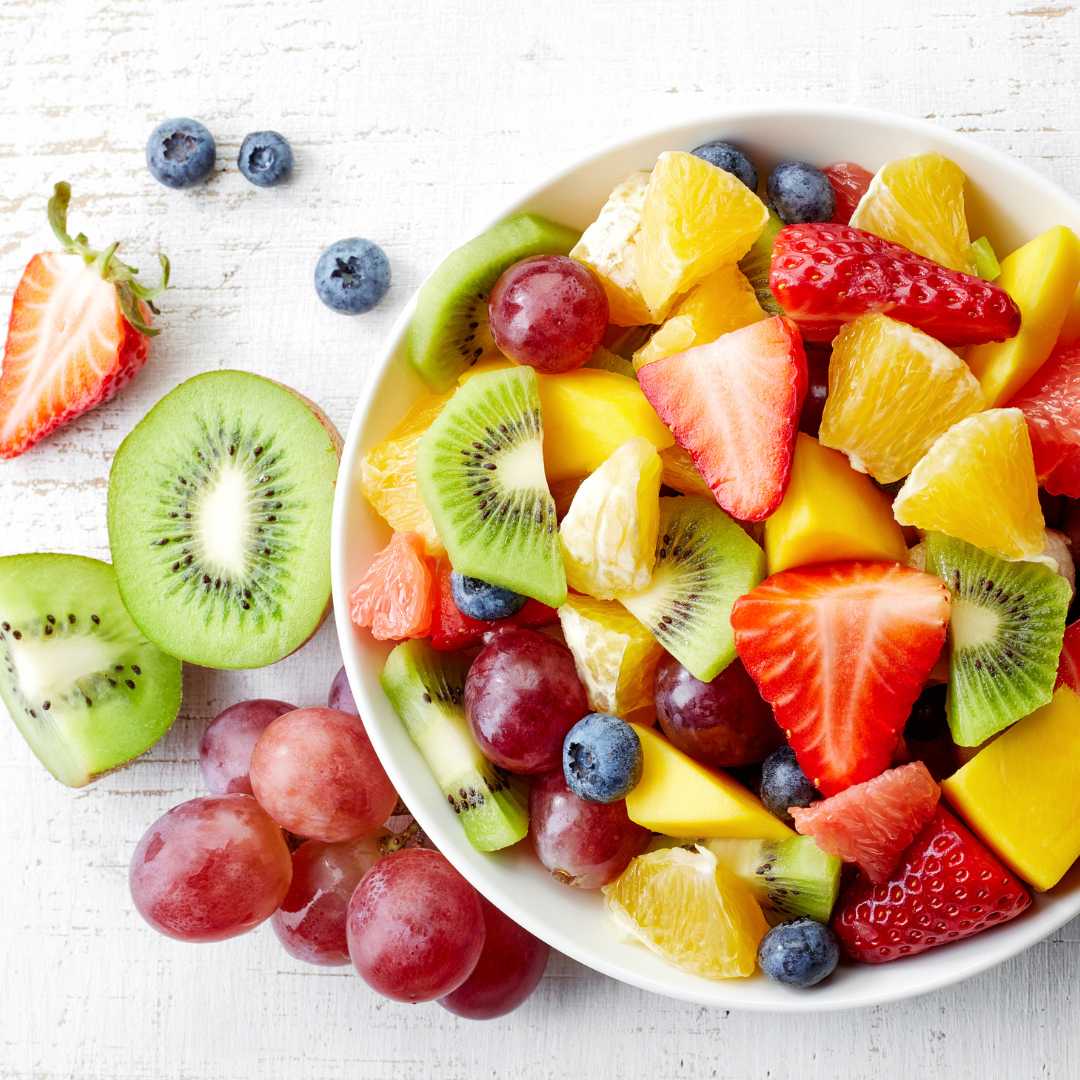Anxiety is a very common condition which can be debilitating as it eats into our time and reduces our quality of life. While CBT remains the gold standard of anxiety treatment, recent research has found Yoga to be highly effective in managing anxiety. It’s safe, accessible and can be practiced by anyone, because it is easy to customise. And in this blog I will share how to customise your yoga practice for managing Anxiety. But before that, we need to learn a little bit about Ayurveda.
Ayurvedic perspective on Anxiety
In Ayurveda, Anxiety is largely related to a Vata Dosha imbalance. Vata Dosha is a mix of air and space elements and has a strong influence over the mind, and the nervous system. And just like Ayurveda uses diet and herbs to correct Dosha imbalances, it also recommends unique yoga posture combinations to treat these conditions.
When it comes to anxiety caused by Vata imbalance, this is a sequence that can help
Step1 – Sun Salutations
Any moderately paced aerobic activity is helpful for managing anxiety. That’s why sun Salutations or vinyasa based warm-ups are a great way to start your practice. These should be done at a moderate pace with controlled movements. You can spend more time in weight bearing postures like Plank and Downward Dog for even greater benefits. Remember for Vata you don’t want very fast movement or excess heat – you want to find that point where you’re pushing yourself but not to the point of exhaustion.
Learn more about Sun Salutations here:
Step 2 – Single Leg Balances
These include postures like Tree Pose, Half Moon, Warrior 3, Dancers Pose etc. They require focus, concentration and a lot of work from multiple senses such as your eyes, ears, and the musculoskeletal system. Therefor, single leg balances force the mind to concentrate else you may lose fall out of balance. Additionally in Ayurveda, Vata Dosha influences movement and locomotion, which makes leg movement a Vata domain (that’s why vata imbalance can also cause restless legs). Single Leg balances also help us build strength which counters the airy and light nature of vata. Try these as per your capacity, and be mindful that you do not fall or injure yourself. To improve your single leg balances you can include Glute strengthening exercises in your routine like Single Leg Bridge Pose.
Try this yoga video for better balance and coordination:
Step 3 – Hip Openers and twists
While vata creates movement it also creates dryness, stiffness and rigidity, especially in the spine. Therefore hydration is important to ensure the joint capsule remains lubricated. Anxiety is also associated with a tight Psoas, which is a deep muscle in the front of the hip. Stretching this area and mobilising the spine, helps counter balance that. Also – twisting is a great way to open up the thoracic spine, which means you will be able to breathe better for the pranayama practices that follow this step.
You can also conclude this section with some prone positions like child pose or crocodile pose.
.Check out this Twist and Flow yoga class:
Step 4 – Pranayama
Any breathing with a count is great for anxiety. It can be Box breathing, Triangle Breathing, or Equal Breathing. If you can easily do 4:4 breathing, then start working on increasing the length of your exhalation – till you can almost double it and get to 4:8. Long exhalations are like an antidote for anxiety, so practice these regularly.
Explore various types of Pranayama and Cleansing Practices in this FREE 21-days of Pranayama program on YouTube
Step 5 – Meditation
Since meditation can be challenging when we are overwhelmed with thoughts, try mantra based meditations like Aum Chanting or So-Hum. They really help anchor the mind and you can chant either verbally or mentally. These sounds are harmonising and if you remember I mentioned earlier that Vata is influenced by air and space elements, and for sound you need both. So it gives you a perfect way to end your practice. In case, you’re not comfortable with chanting, you can try Body Scans which are done while lying down. They’re also very effective in calming down an anxious mind.
Try a guided 61-Point Relaxation session here:
One amazing tip for managing anxiety
And if you stopped by to read this post and have got this far, then know that you’re already managing anxiety! Because one of the best antidotes to anxiety is ‘curiosity’. Judson Brewer in his book Unwinding Anxiety mentions that cultivating child-like curiosity works like an antidote to anxiety. So, replace those anxious thoughts with curiosity and let Yoga help you navigate those thoughts with greater calm and ease. You’ve got this!
Sign up to my newsletter to get more informational content on Yoga, Ayurveda, and Philosophy







